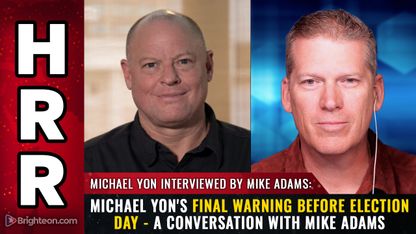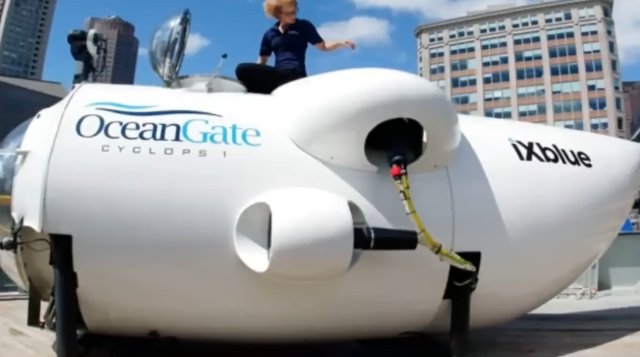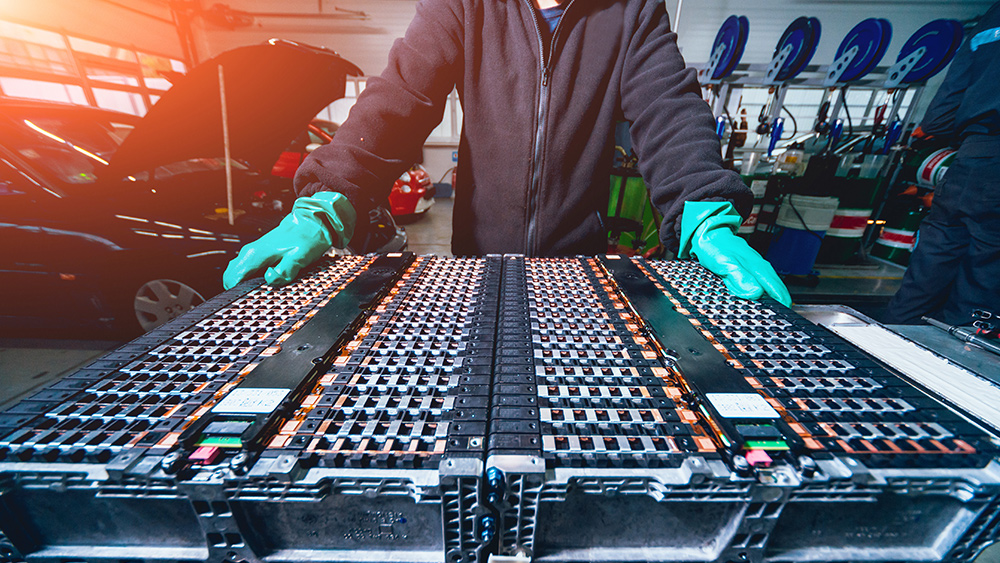
A conventional battery is composed of an anode on one side and a cathode on another, separated by a non-conducting separator. The researchers decided to do away with this arrangement in favor of a self-assembling, 3D gyroidal structure in which all components – including those required to store and transmit charges – are embedded in thousands of nanopores.
Ulrich Weisner, one of the authors of the study, called their creation a truly “revolutionary battery architecture.”
And it is, in more ways than one. Its unconventional structure allows the new battery to accomplish feats that make conventional batteries look like old, clunky technologies in comparison. For one, the scientists say the battery features “orders of magnitude higher power density,” which means that it can yield more power per volume than most of the portable energy sources in the market.
The new battery's structure also allows users to access said power faster. In theory, this means that if you were to use it to power your phone, you'd be able to charge it within seconds after you plug it in. No more awkward waiting.
The battery's unique, three-dimensional gyroidal shape and nanoscale dimensions eliminate what the scientists call “dead volume,” which results in the gradual loss of energy, in conventional devices. In the new battery, space is maximized for storing and transmitting charges.
Except for its structure, the new battery isn't too different from normal batteries though. It has an anode made from gyroidal thin films of carbon. The films are studded with pores about 40 nanometers wide. These pores are coated with a 10-nanometer separator that insulates from electricity but permits the conduction of ions.
The team needs to make sure that not even a pinhole-sized defect occurs in the separator. Such errors often result in short circuits and are among the leading causes behind cellphones and laptops catching fire when in use.
The scientists used sulfur as the battery's cathode. Because sulfur accepts electrons but does not conduct electricity, they used poly[3,4-ethylenedioxythiophene] (PEDOT), an electronically conducting polymer, as backfilling.
Batteries are old technology, but the scientists' take on it is new. Challenges, therefore, are to be expected. At the moment, the authors admit they have problems with PEDOT, which doesn't expand the way sulfur does. As a result, the polymer tends to degrade every time the batter is charged and discharged.
"When the sulfur expands," Wiesner explained, "you have these little bits of polymer that get ripped apart, and then it doesn't reconnect when it shrinks again. This means there are pieces of the 3D battery that you then cannot access."
The battery is currently at the proof-of-concept stage, but the scientists have applied for patent protection on their technology. (Related: Researchers discover way to make lithium-ion battery components out of recycled glass bottles.)
Batteries of the future
The quest for new and better power sources is never-ending. Scientists aim to create batteries that do not just store more power but will also last longer and be safer for people to use. Here are some battery concepts that might power your device in the future:
- Lithium-air (Li-air) -- As its name suggests, this battery discharges energy from a reaction between lithium and oxygen in the air. Scientists say it could hold up to 40 times the charge of a lithium-ion (Li-ion) battery with the same weight. The main problem? Compared to Li-ion cells that can be charged and discharged hundreds of times, Li-air may be able to handle just a few dozen cycles.
- Lithium-sulphur (Li-S) -- This battery may be able to hold two to three times the charge of a usual Li-ion cell, but it has big problems with longevity. At the moment, Li-S batteries tend to lose 20 percent of their total capacity after just 100 cycles.
- Zinc-air -- Technically, this battery is already being used in small devices like hearing aids and watches. It features an impressive energy density for its size and is built from inexpensive, common materials. However, it has several issues that prevent it from being used in more devices. These include a high self-discharge rate or the amount of energy it loses by itself over time, as well as sensitivity to extreme temperatures.
- Sodium -- Sodium-based batteries are made from cheaper materials than lithium-based ones are, but they can carry far less energy. Because of this, they tend to be bigger and bulkier and are not ideal for mobile devices at the moment.
Find updates on the latest power sources at Power.news.
Sources include:
Please contact us for more information.























